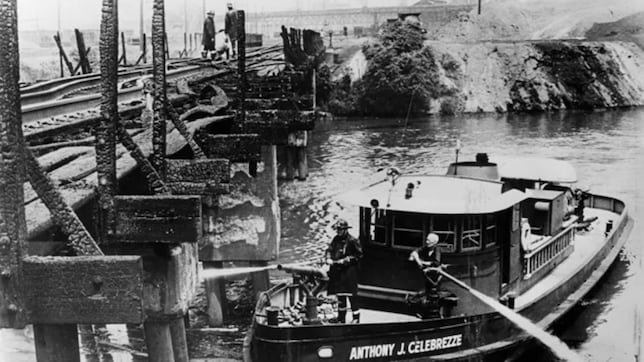Flames of Change: How a Burning River Sparked America's Green Awakening

Long before the infamous 1969 fire captured national attention, the Cuyahoga River had a fiery history of burning multiple times. However, the blaze that year became a pivotal moment in environmental awareness, ironically propelled by a narrative that wasn't entirely accurate. This particular river fire, while not the most destructive in its history, became a powerful catalyst for change, sparking a nationwide conversation about industrial pollution and environmental protection.
The river's flammable reputation was no accident. Decades of unchecked industrial waste, oil slicks, and chemical runoff had transformed the Cuyahoga into a toxic waterway that seemed more combustible than liquid. Yet, it was the 1969 fire that captured the imagination of the public and media, ultimately becoming a symbolic turning point in environmental consciousness.
Surprisingly, the dramatic portrayal of the fire often overshadowed the complex industrial history that led to such environmental degradation. The event became a powerful symbol of environmental neglect, inspiring landmark legislation like the Clean Water Act and the creation of the Environmental Protection Agency, proving that sometimes, a single moment can ignite profound societal change.
